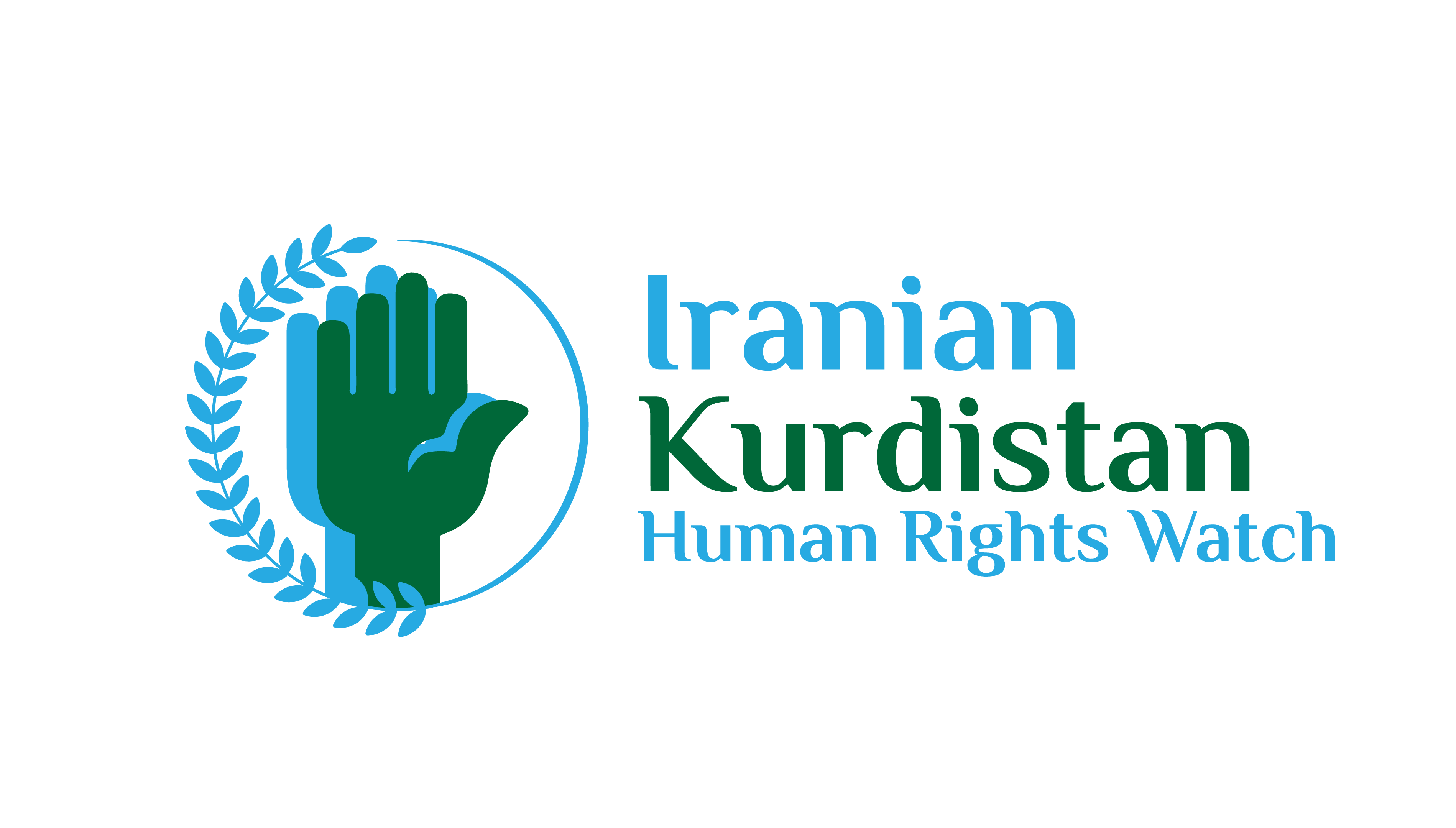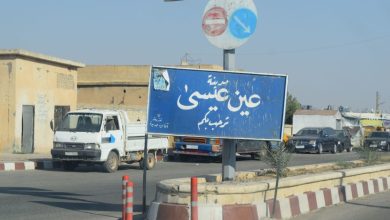Borna News Agency – Political Desk: According to the Executive Vice President, over 62,000 kulbars (border porters) in Kermanshah province will enter the formal cross-border trade cycle by receiving kulbari cards, a decision that could mark the beginning of a significant transformation in the livelihoods of border residents in the west of the country
Amjad Abdi, Editorial Desk – Western Iran is where the Zagros Mountains intertwine with the towering hopes and enduring hardships of people who have carried the burden of their sustenance on their shoulders for years. Today, a breeze of change is blowing, and the kulbars, whose names were synonymous with words like deprivation, danger, and neglect, are now on a path to transition from a marginal existence to active participation in the country’s formal economy.
The official announcement by the Executive Vice President and acting Head of the Presidential Office regarding the regularization of over 62,000 kulbars in Kermanshah province through the issuance of kulbari cards and the provision of a platform for cross-border trade is an event whose dimensions extend beyond a mere executive decision. This action can be considered a turning point in the history of social and economic policymaking of the Islamic Republic of Iran in border regions, an approach that not only opens a new path to resolving one of the oldest challenges faced by border residents but also carries clear signs of a shift in the government’s perspective towards the concept of borders, trade, and regional justice.
Official Entry of Border Porters into the National Economy: A Decision that Begins with Statistics
According to Mohammad-Jafar Ghaempanah, the Executive Vice President, this year, over 62,500 kulbars in Kermanshah province who are heads of households can legally and officially participate in the import of goods from the province’s borders by receiving kulbari cards. According to estimates, the value of goods imported through this route is projected to reach $450 million this year; a figure that, while perhaps not appearing large on the scale of the national macroeconomy, can create a significant transformation in regional economic dynamism, job creation, and the improvement of household livelihoods.
Kulbari: A Form of Emergency Livelihood in the Border Economy
The border economy in Iran has always faced challenges such as a lack of formal trade infrastructure, the spread of smuggling, the absence of transparent trade systems, and the active presence of the informal economy. Amidst this, kulbari, as a form of emergency livelihood, has emerged from unequal economic structures and underdevelopment and has persisted for decades.
The kulbari card scheme can be seen as a structural and policy-based response to resolving this chronic situation. With the issuance of official cards, the activities of kulbars enter the formal circuit. This means registration, supervision, planning, and support for their activities. With this action, the government has not only been able to transform the heavy burden of livelihood on the shoulders of border residents into an economic opportunity but has also paved the way for the transfer of a portion of the marginal economy into the formal economic structure.
More importantly, by directing regional imports through licensed kulbars, it becomes possible to organize the flow of goods, reduce smuggling activities, control borders, and enhance economic security. At the same time, the presence of local people in the cross-border trade process itself strengthens trust and interaction between the government and the local community.
Recreating Dignity, Rebuilding Trust
From a social perspective, what stands out most in the new kulbari scheme is the effort to restore human dignity to people who, for years, in the most difficult conditions imaginable, have carried the burden of life through mountains, snow, and landmines left over from the war, simply to survive. Kulbars have lived for years in conditions devoid of security, law, and social support, and now, with the granting of official cards and the recognition of their activities, the message is conveyed to them that they will no longer be ignored.
Simultaneously, this transformation can have a fundamental impact on strengthening social solidarity. Families who until yesterday were grappling with issues such as job insecurity, extreme poverty, and silent deaths at the borders have now found the opportunity to benefit from specific advantages within a legal framework.
As a result, this policy will not only stabilize the population in the border strip but will also help reduce unwanted migration, strengthen family cohesion, and grow social capital in the region. These changes will gradually lead to the improvement of social security indicators as well.
Moving from a Security-Centric View to a Participation-Oriented Approach
For years, borders have been defined by words such as control, restriction, and threat. However, the kulbari regularization scheme carries a soft shift in this perspective. Now, the border is defined not only as a line of demarcation and surveillance but also as a passage of opportunity and participation.
The recognition of kulbar activity inherently carries a cultural message. In fact, it means that the border resident is not an “other” but an “economic partner”; a member of the national body whose potential should be used for development, not kept on the margins. This new approach gradually reduces the cultural gaps between the center and the periphery and lays the groundwork for the formation of a new discourse about the active participation of border residents in the country’s affairs.
Furthermore, official support for kulbars will enhance the social self-esteem of this group. Children who until yesterday saw their fathers as “nameless and faceless petty traders” can now recognize them as “licensed local merchants”; a change that will also affect the identity, hope, and dynamism of the future generation.
Capitalizing on Justice-Oriented Policies
The regularization of kulbari is clearly one of the concrete examples of the implementation of regional justice and balanced development policies. The border regions of the country, especially in western Iran, have suffered for years from unbalanced development, neglect from the center, and a lack of economic infrastructure. Now, with the implementation of this policy, the government has been able to send a clear message, and that message is that development is not solely the share of the center, and border residents should also benefit from economic advantages.
From this perspective, the issuance of kulbari cards is not merely an economic decision but a political action in the direction of redefining the relationship between the government and disadvantaged groups. A policy that, by strengthening the government’s presence in people’s livelihoods, increases the political and social capital of the ruling establishment in border regions.
Additionally, by providing the possibility of legal activity for tens of thousands of residents of border regions, the ground for the abuse of power by hostile, separatist, or opportunistic groups is also significantly reduced. A border resident who enjoys dignity has no need to resort to underground, illegal, or subversive spaces.
Challenges and Prerequisites Ahead
Alongside all the benefits, we must have a realistic view of the issue of border residency and kulbari. The kulbari card scheme, without the existence of appropriate executive infrastructure, may face challenges in its implementation. For example, the fair allocation of cards, the fight against potential rent-seeking and corruption, strict supervision of the import process, and preventing the transformation of the kulbari card into a tool for commercial intermediaries are among the issues that require precise and transparent policymaking.
Furthermore, the organization of customs affairs, the development of border markets, the creation of electronic monitoring systems, and the training of kulbars in the field of commercial law and official procedures are among the complementary measures that can guarantee the sustainable success of this plan.
It is also necessary to view the kulbari card as a transitional tool in the path of development of border regions, not a permanent solution. In the long term, the goal should be to create diverse and productive job opportunities in industries, agriculture, services, and tourism in border regions instead of kulbari.
The new government plan to regularize kulbari in Kermanshah province is not just an executive action; this program can be seen as a redefinition of the government’s relationship with border residents, a revision of the view towards borders, and an effort to achieve social justice in the marginalized geography of the country.
If this policy continues with accuracy, supervision, and commitment, it can be hoped that Kermanshah and other border provinces, instead of being mere contact lines, will become the forefront of development and participation. Today, the kulbars of Kermanshah, with new cards in hand, are not only carrying goods across the border but also carrying a message of transformation, dignity, and a return to the center of life.






